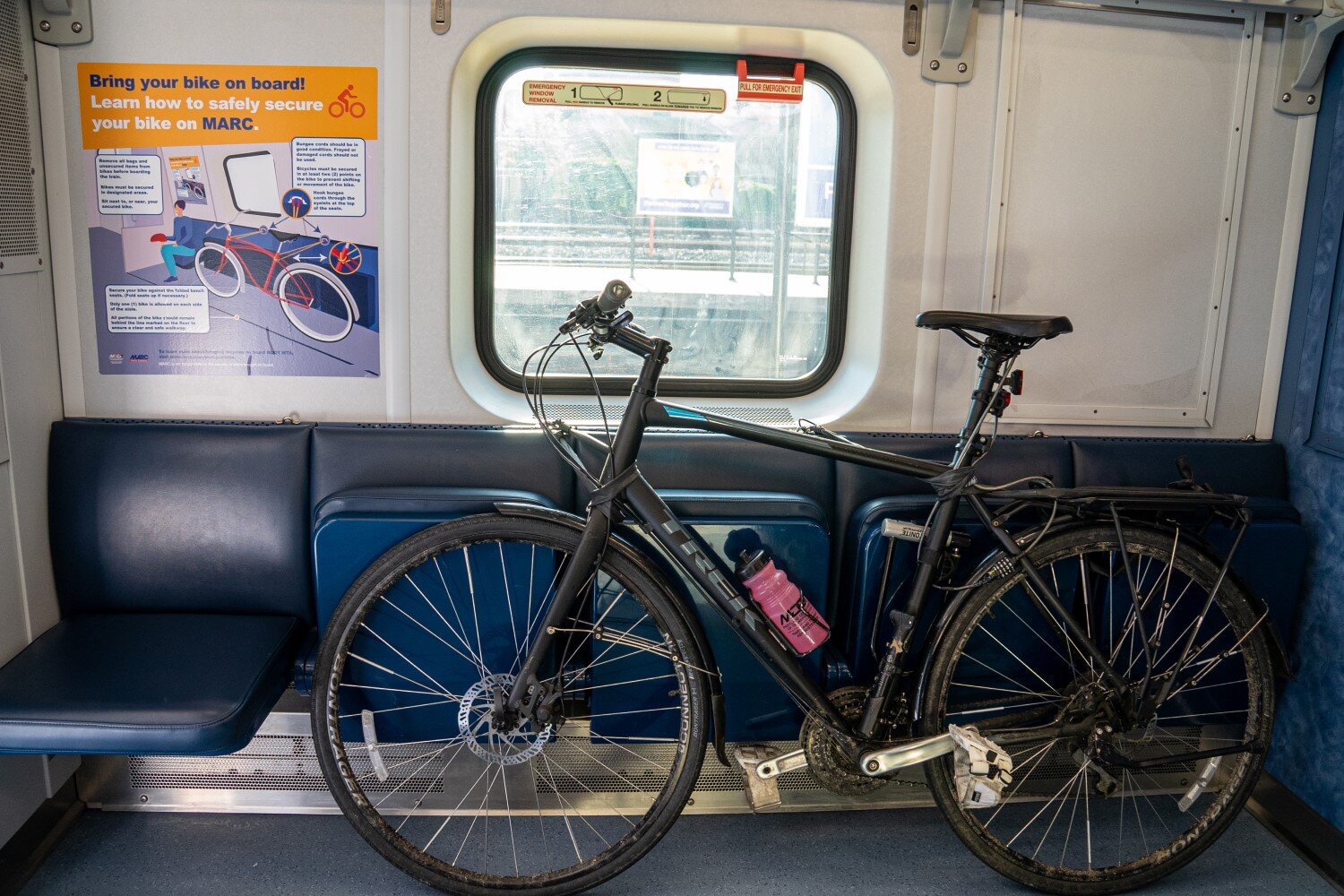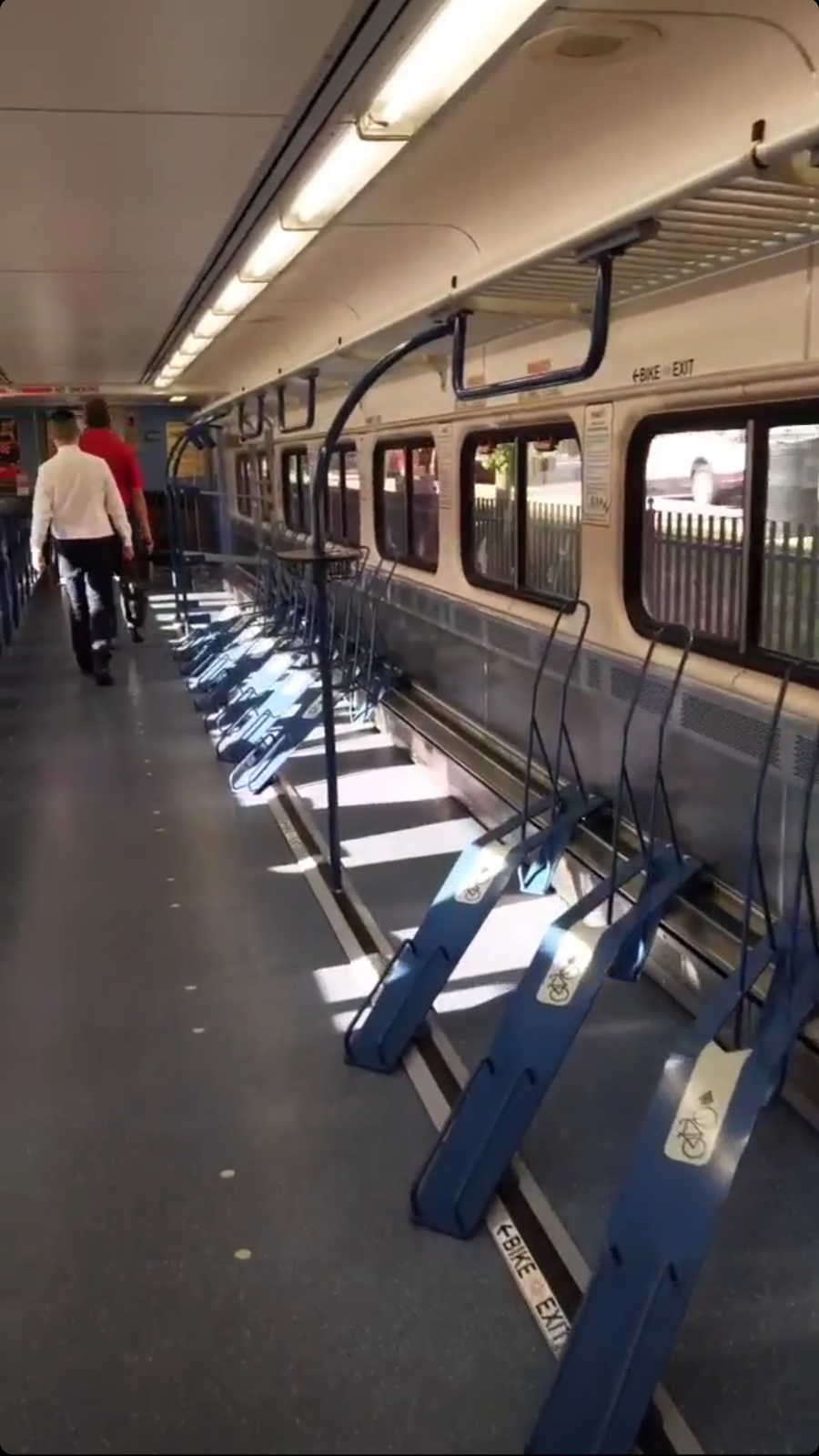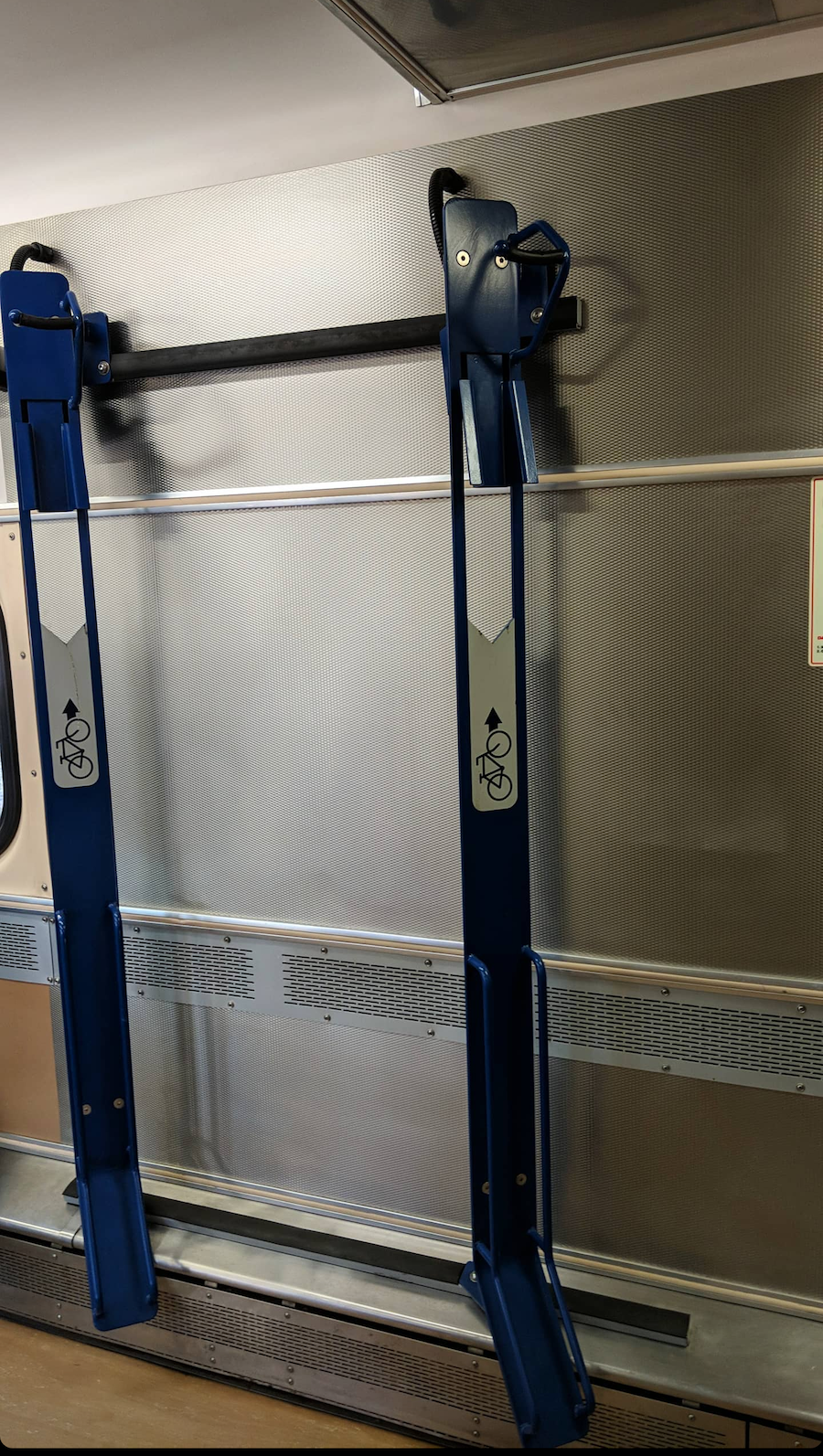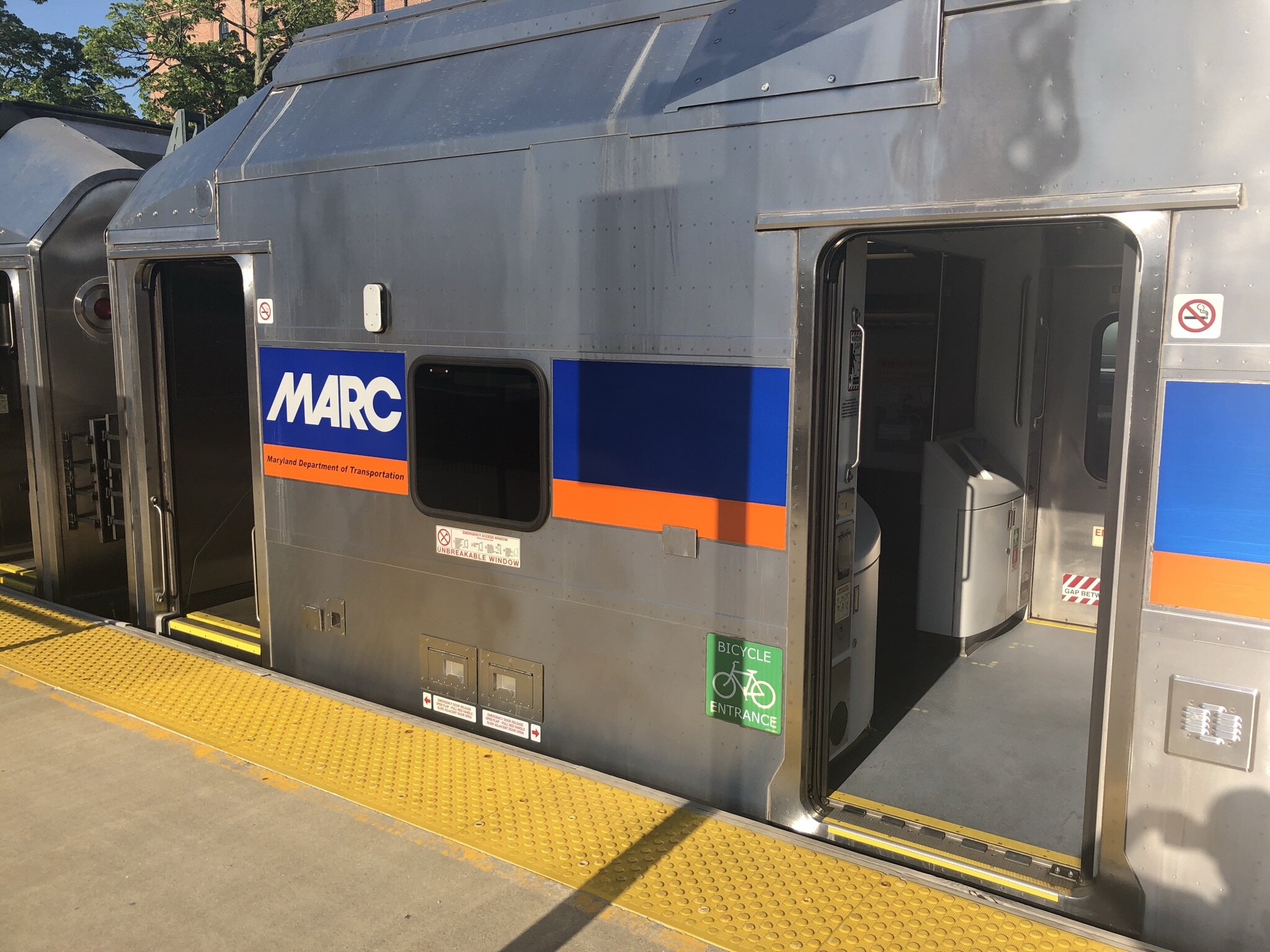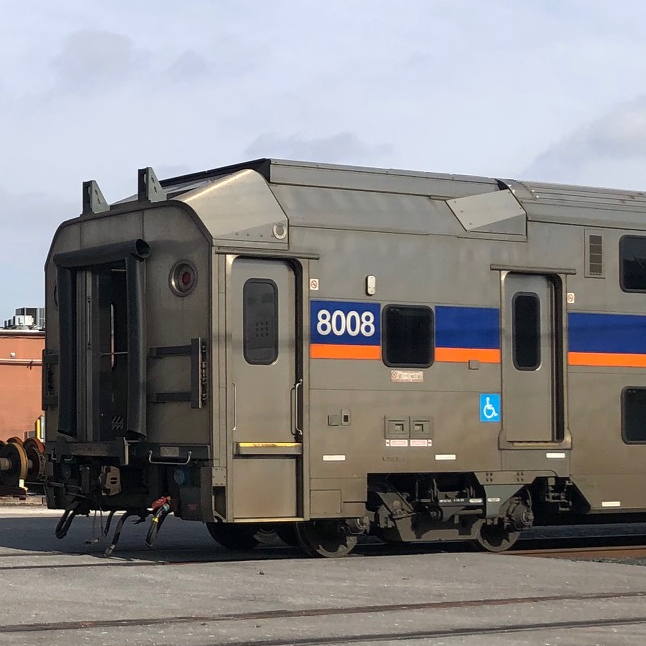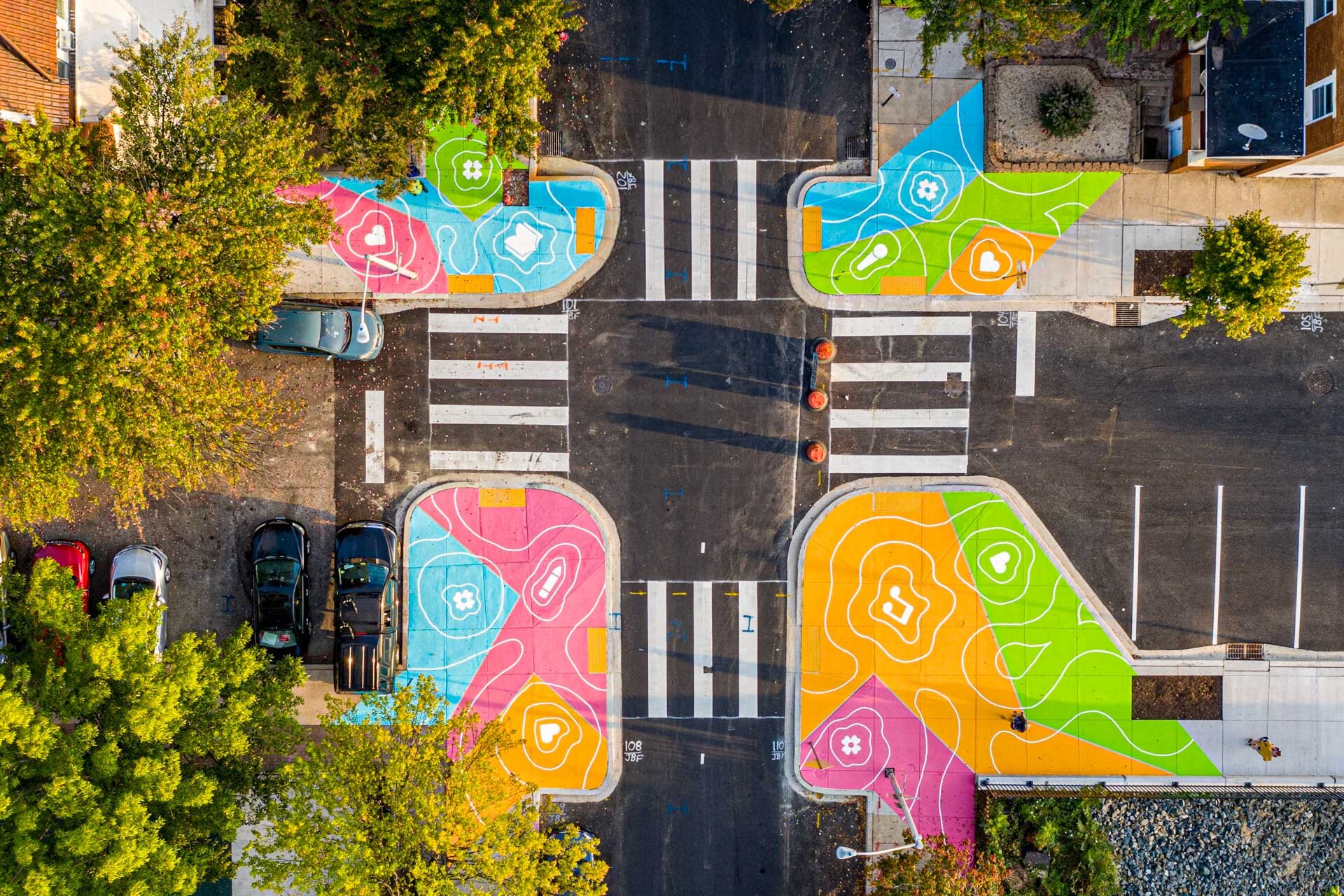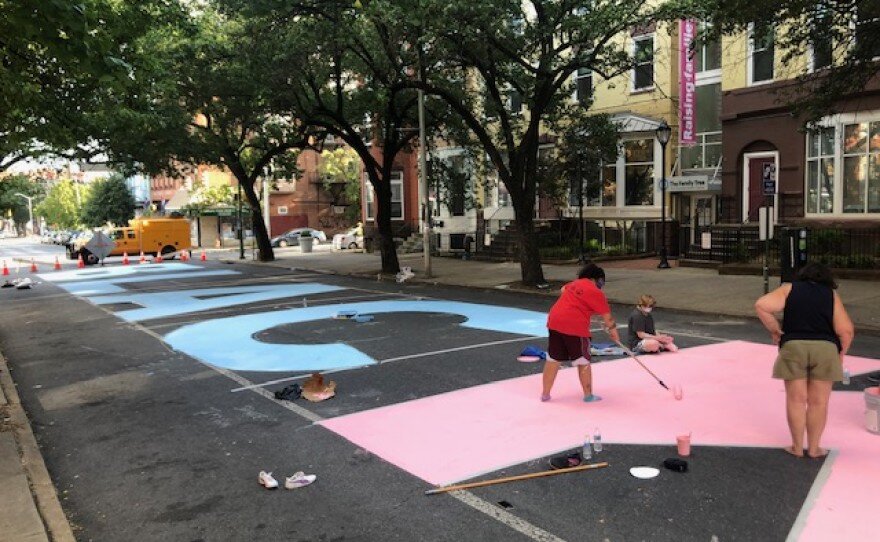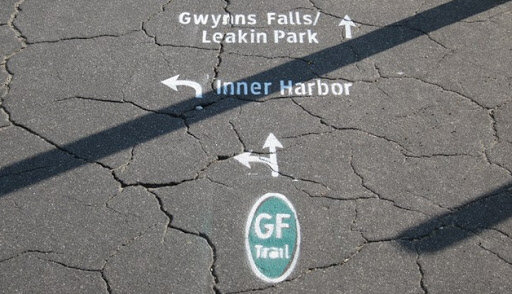This Spring, Bikemore interns Sumi and Patrick embarked on educating folks about R7/R8 conversions and how increasing housing density is good policy for advancing equity and strengthening our transportation. While the original bill, 21-0009 will likely not make it out of committee, we still wanted to share this information knowing that larger housing reforms are necessary. This blog post was written by Patrick Reid, and video interviews were conducted and edited by Sumi Kim.
—



The issues of redistricting of R-7 and R-8 zoning isn't a necessarily flashy and exciting policy agenda but is very important in the ways it lends itself to equity and an inclusive and complete neighborhood.
The legislation before the Baltimore City Council, which was introduced by Councilman Bullock and endorsed by Councilman Dorsey and Burnett, is an effort to expand the types of housing available in the R-7 and R-8 designated zoning categories. These zones allow for higher densities and the ability to convert single family homes into multi-family units. Currently the process for this conversion is arduous. In order for a conversion to be carried out the City Council must pass a specific law in the form of an ordinance to allow the property to be converted. This existing process is cumbersome and very inefficient and the new legislation would do a lot to streamline the conversions!
If the legislation were to pass, then as long as the building met the required codes, the conversion could be allowed without the passage of an ordinance. Specifically this would mean that the large homes in Baltimore's neighborhoods like Bolton Hill could be converted from their current single family residency to multiple apartments within the building, increasing affordability. Converting a single family city mansion into apartments for 4 families could have a really profound impact on the equity of the city. It would allow more people to access more communities that have better amenities and better access to jobs and transit systems.
This type of housing can also be referred to as the “missing middle” in reference to a middle ground between low density single family units and then high density apartment buildings. Communities like this have huge upsides when it comes to transportation access. One source from the New York City region has found that “Higher density helps expand transportation choices by providing riders options like bike, bus, and rail. Investments in transportation systems need density to justify resource allocation and achieve returns.” By creating denser and more affordable housing options, cities can advance stronger transportation and biking initiatives that serve more people.
Single family housing, especially in cities, is a really unsustainable way of organizing land. It forces land and property to be sold at large and unaffordable quantities, leaving many residents to struggle without stable housing. This kind of housing is also grounded in elements of classism and racism because of the way it was first developed. Initially, many areas that primarily used single family zoning were designated as “white” neighborhoods during the practice known as redlining. Redlining is the nefarious practice of refusing loans in areas deemed as high financial risk areas based on race and income that has historically excluded groups of people from buying homes and land. It is one of several systemic factors that has stunted the ability of many Black Americans to accumulate wealth. Locally here in Baltimore, the process also created a hugely unequal distribution of land wealth and placed it in the hands of wealthy, white Baltimoreans and displaced communities of color. Black and POC communities were left victimized by incredibly unfair zoning regulations. A specific example of this is Roland Park, where racial housing covenants made it impossible for Black Baltimoreans to own land or housing in the neighborhood.
By making it easier to rezone from single to multi-use, the city of Baltimore would be correcting these historical wrongs and helping to level the uneven playing field of housing inequality. Mixed use housing and multi family units are a great way to connect people with affordable housing options in an urban community, improve access and quality of public transit and make walking and biking much easier and safer.




